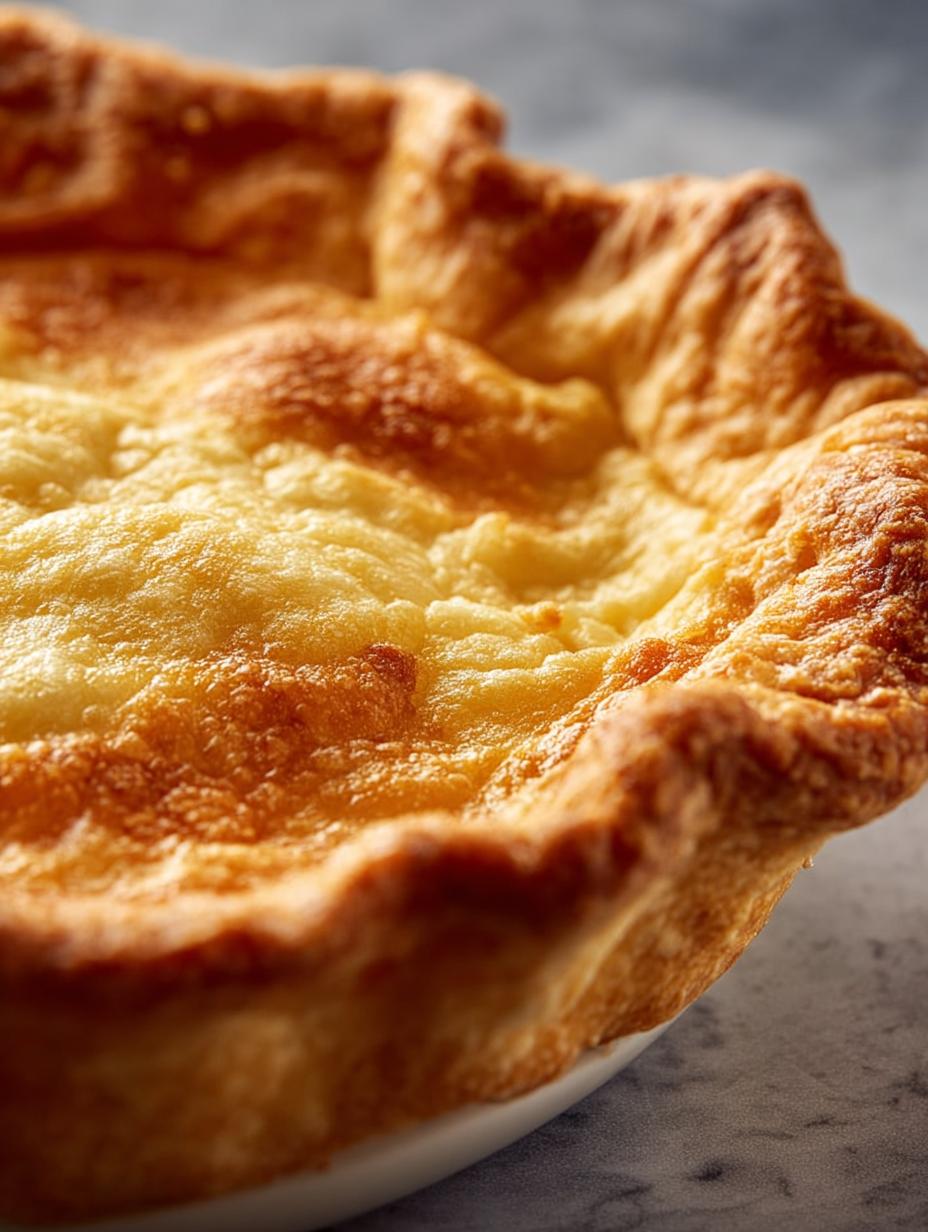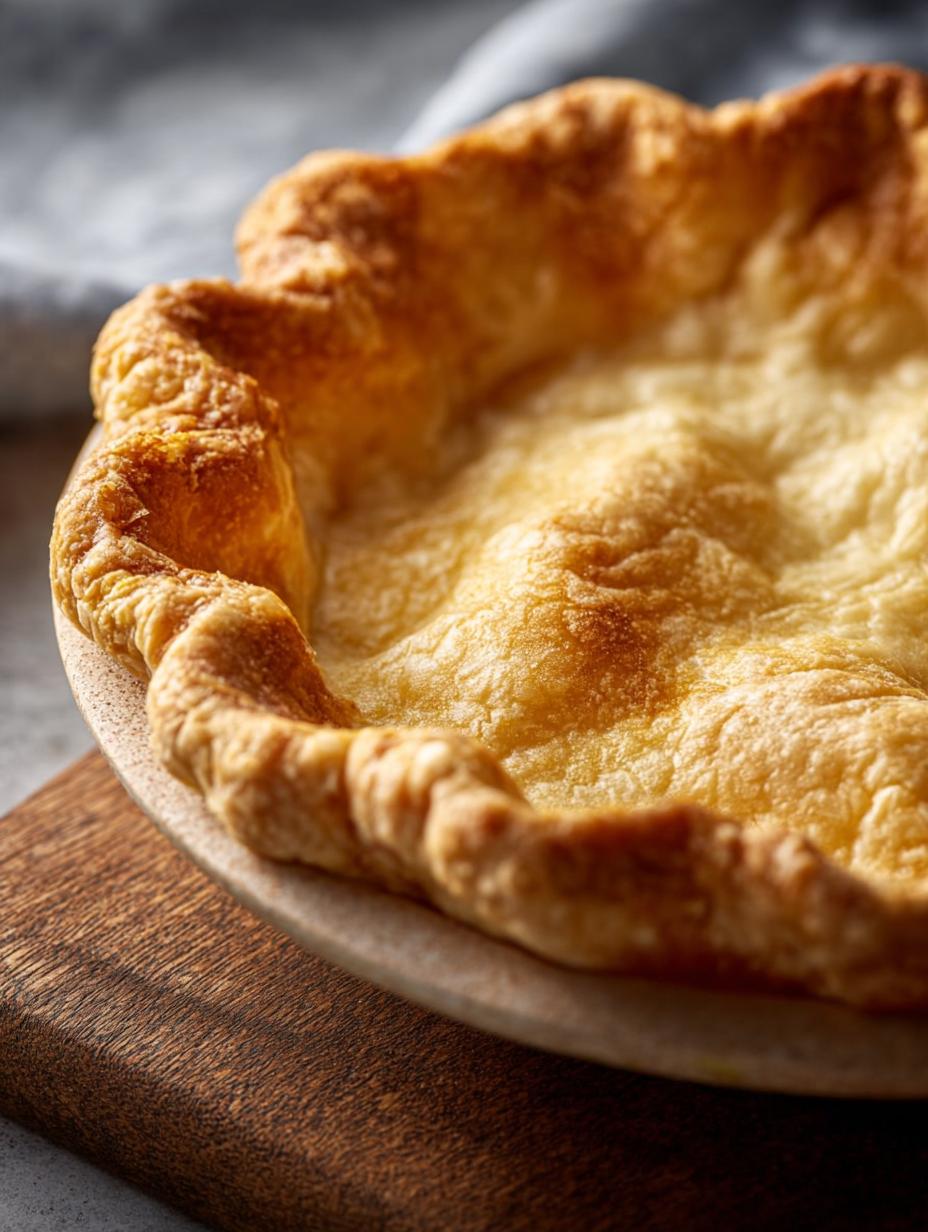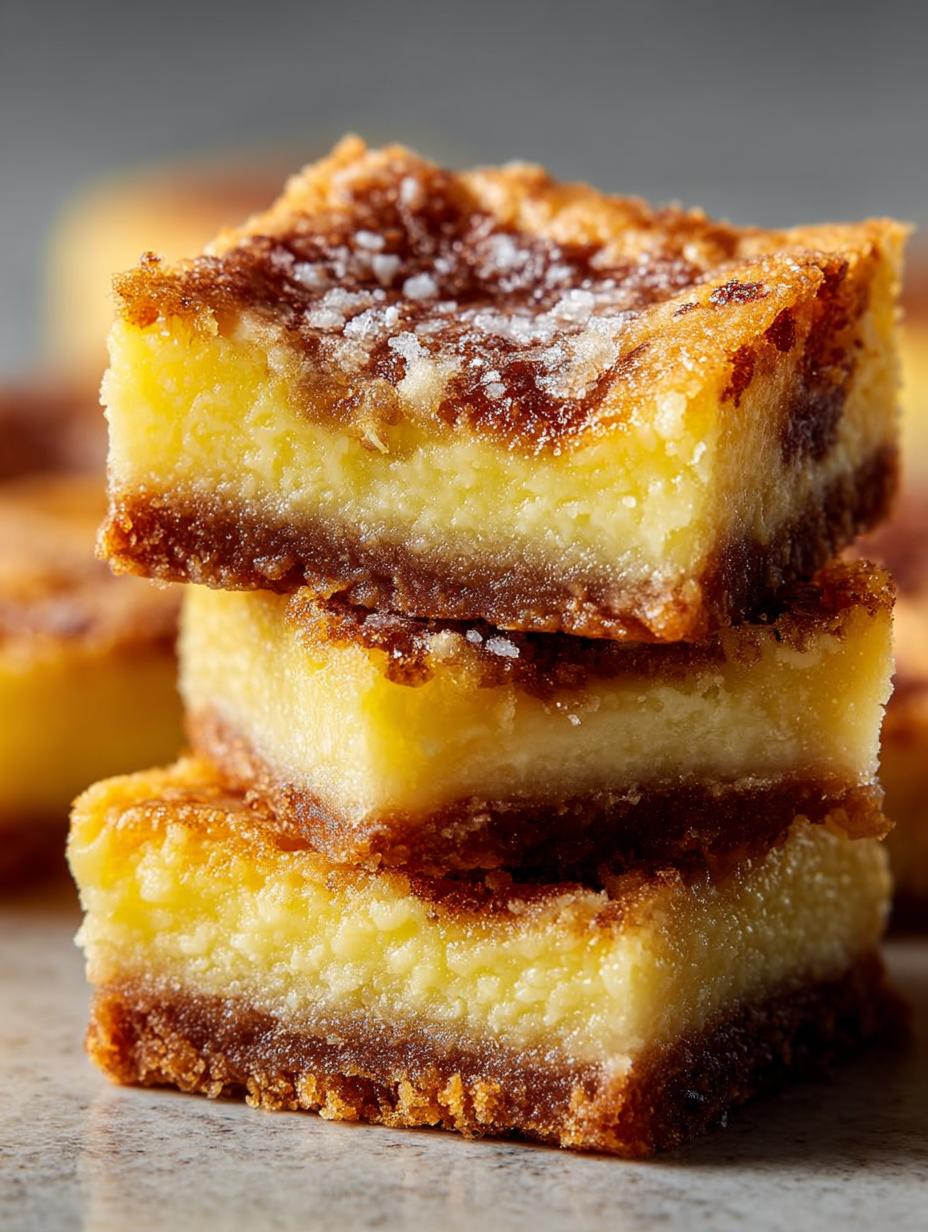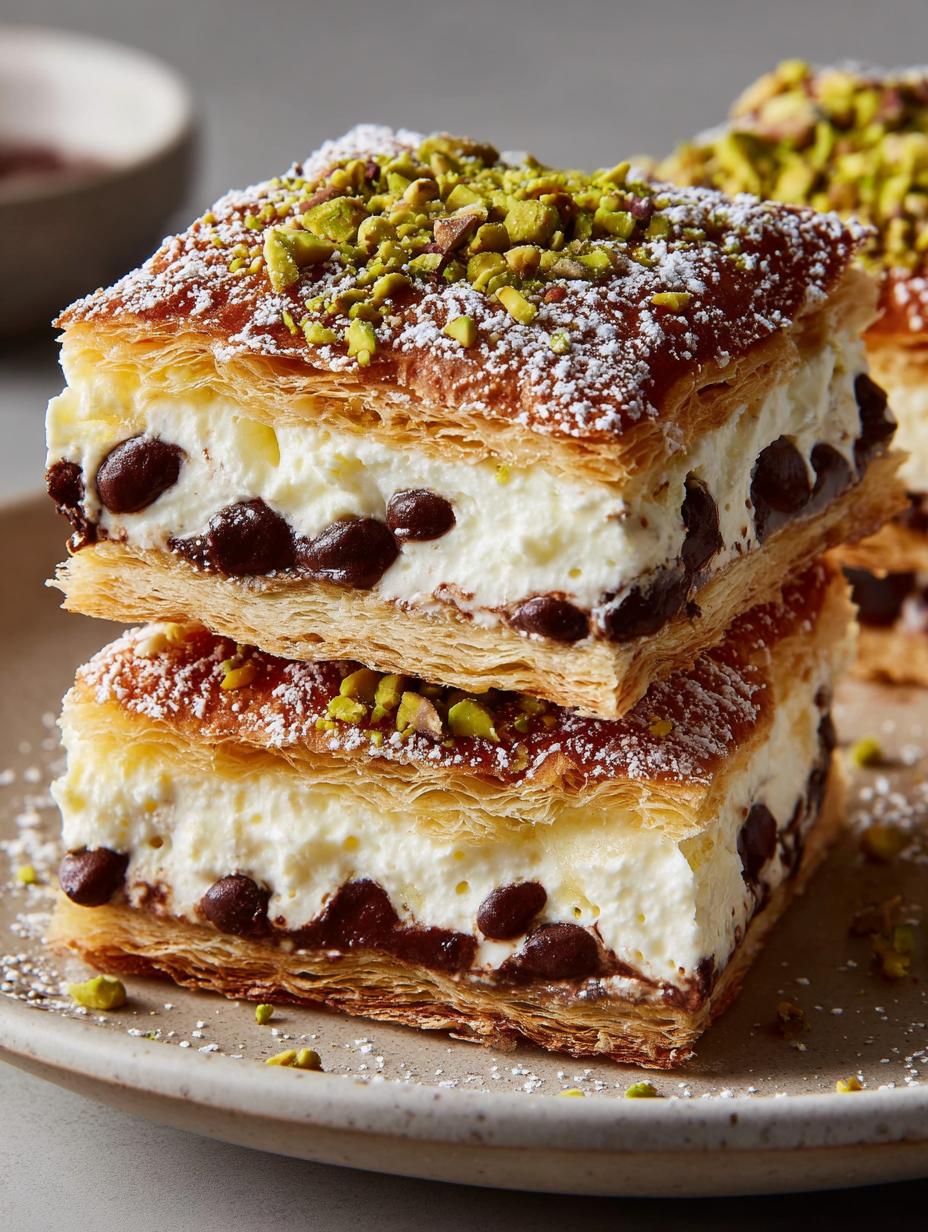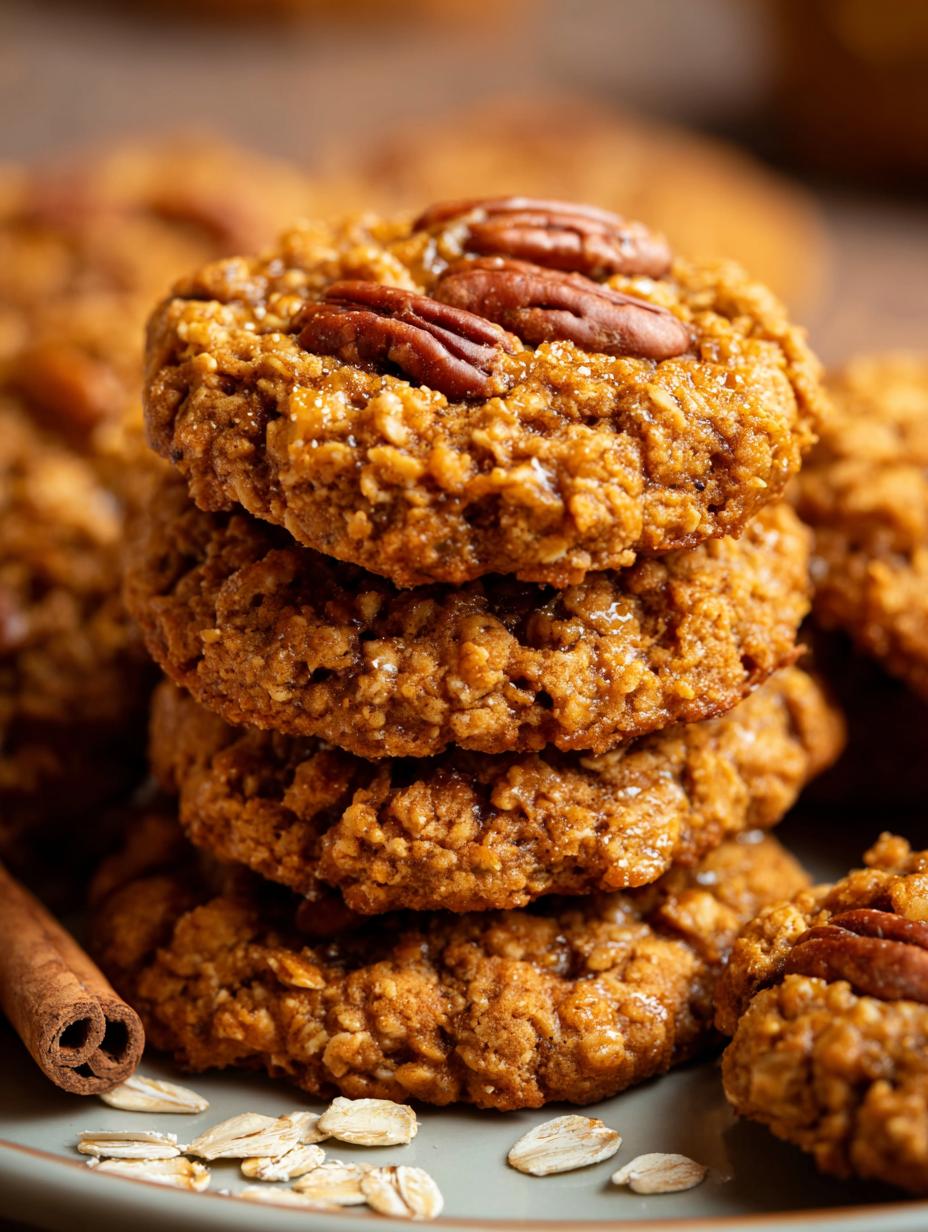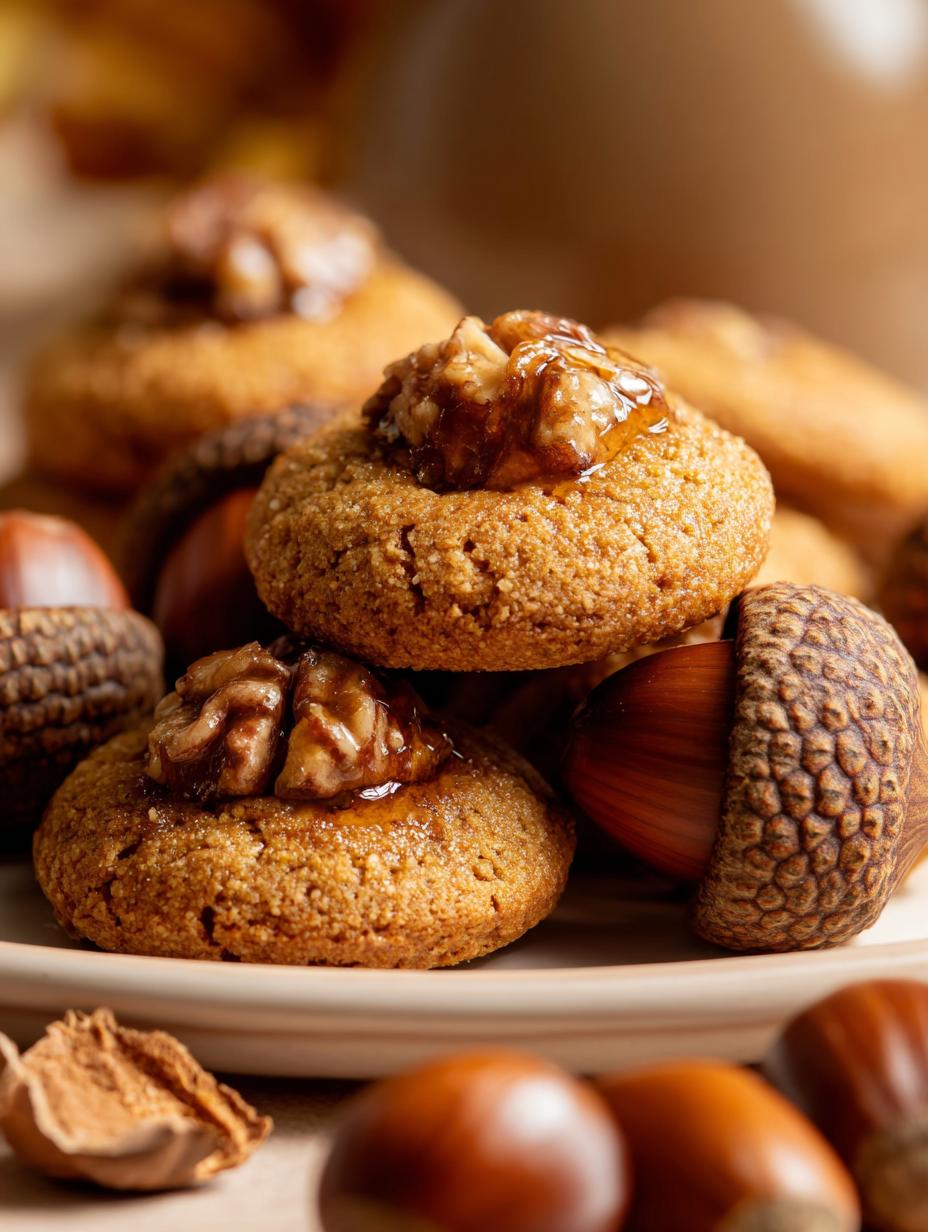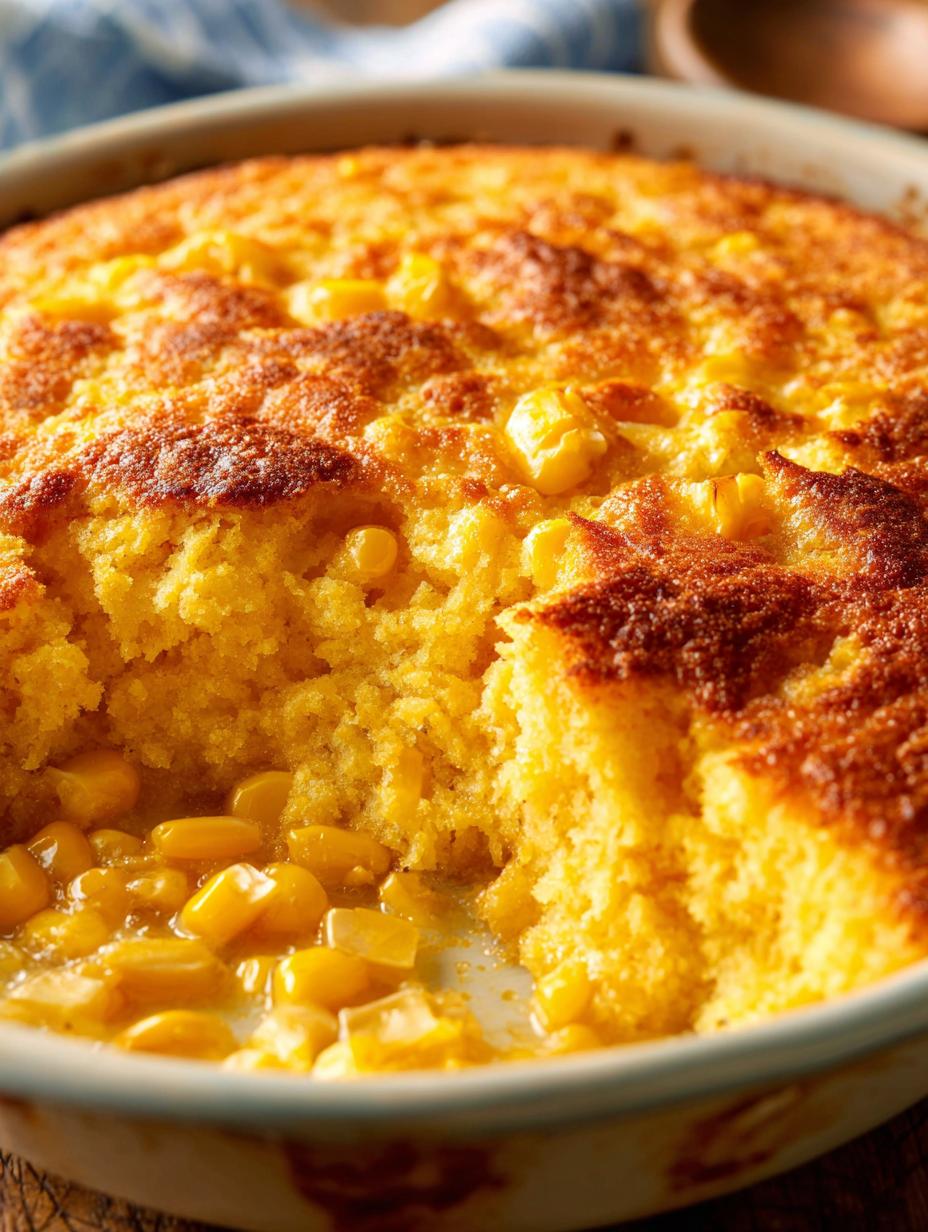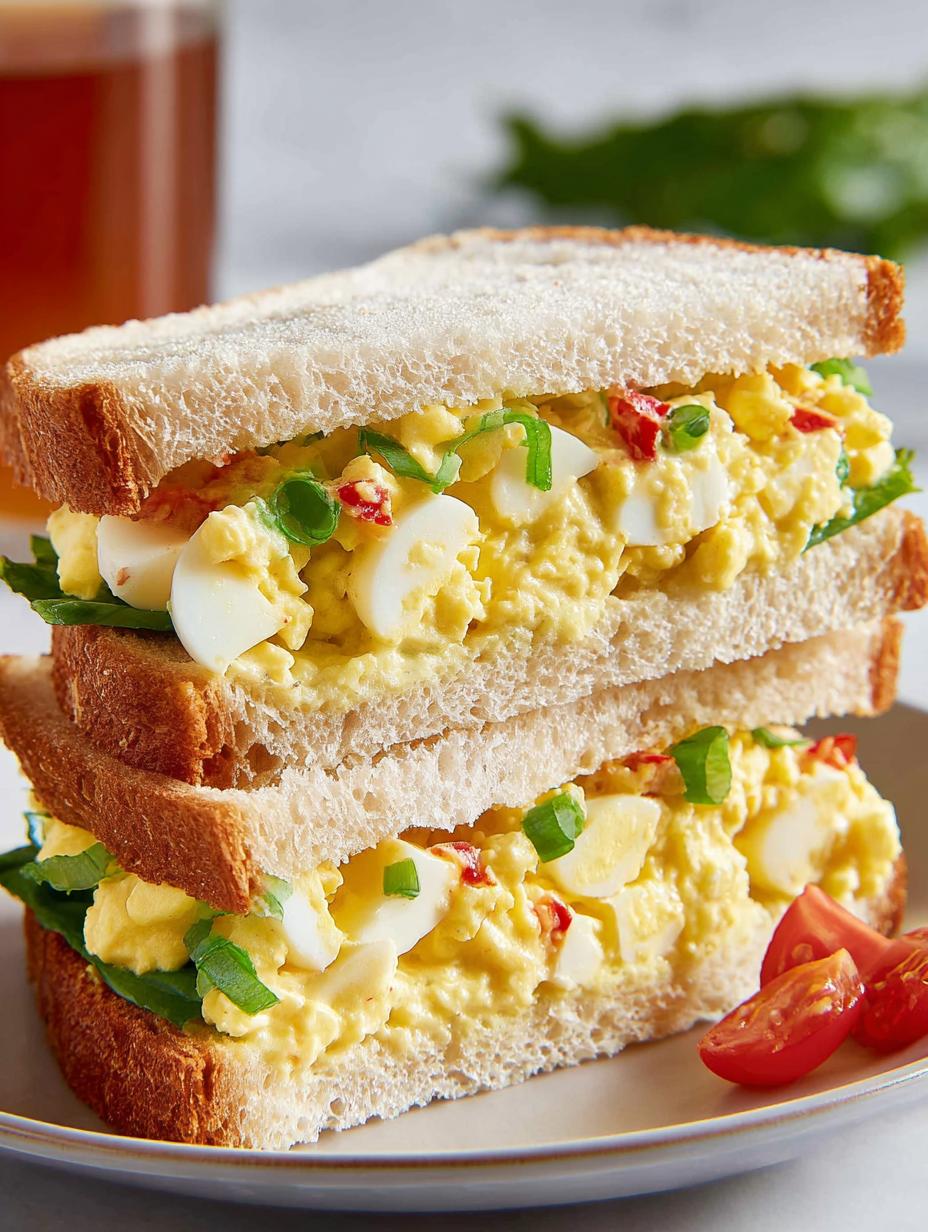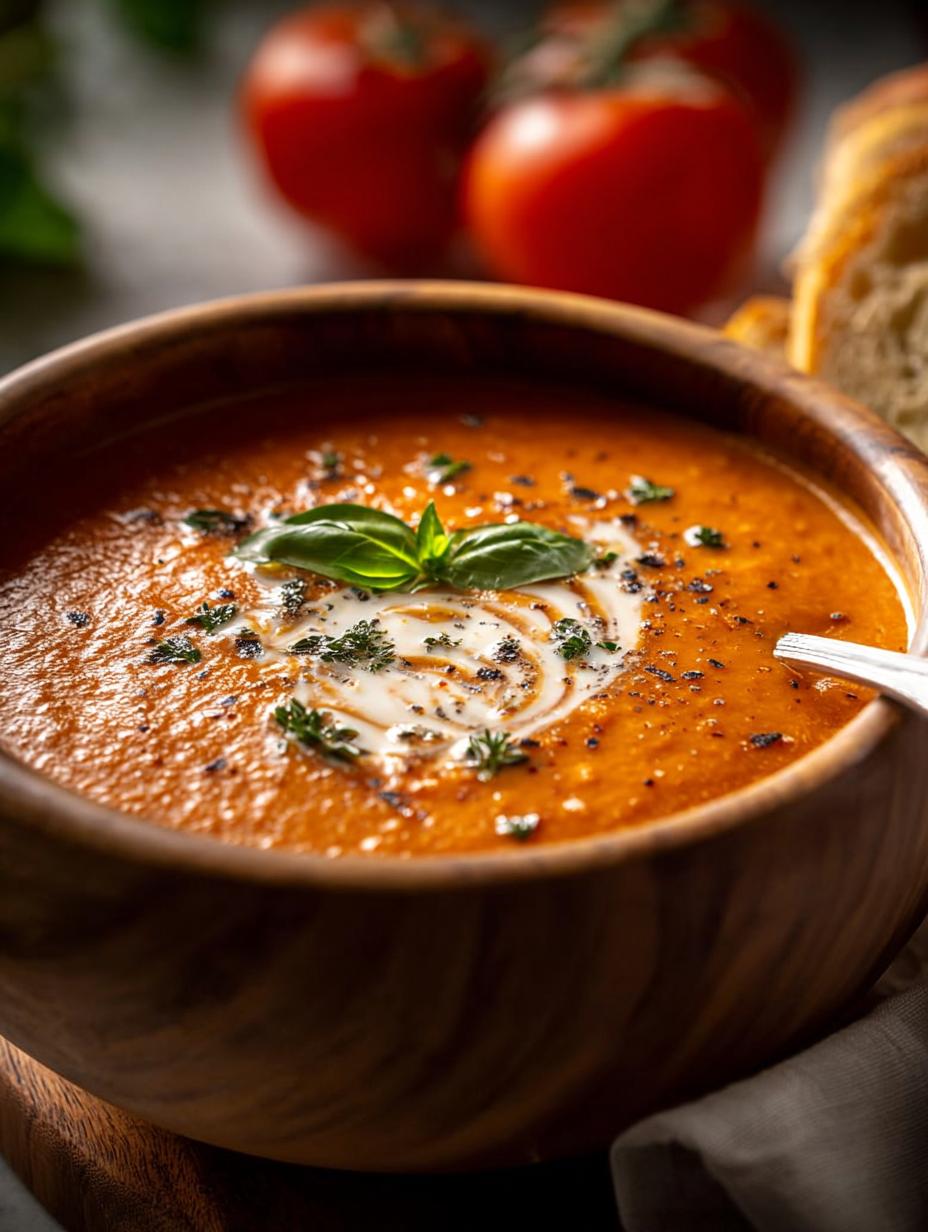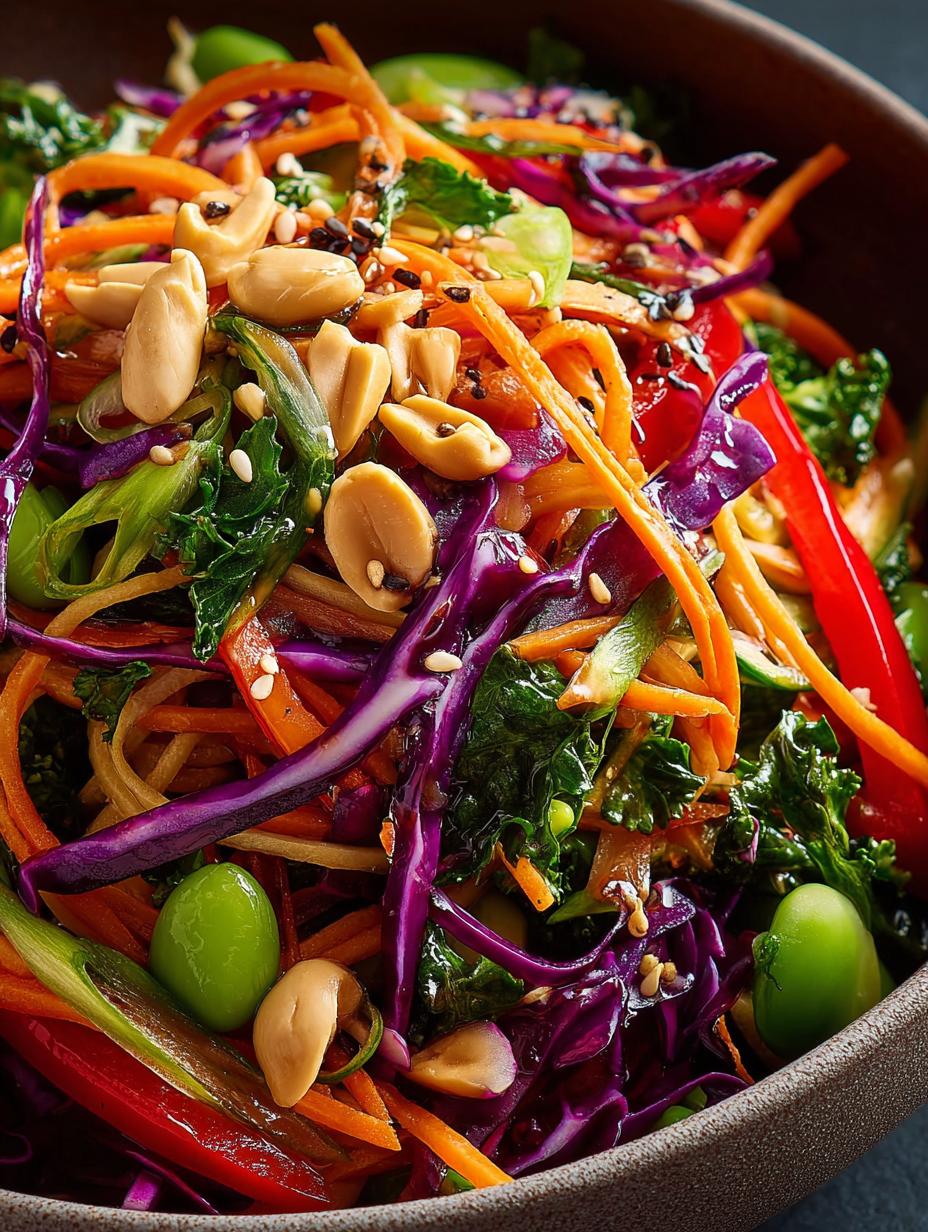Pie crust made butter has been a game-changer in my kitchen, bringing back so many memories of baking with my grandmother. I can still smell the rich, sweet aroma filling her cozy kitchen as she rolled out her famous pastry. For years, I struggled with flaky crusts until I embraced the magic of an all-butter pie crust. The difference in flavor and texture is simply incomparable; it’s robust, tender, and truly melts in your mouth with every bite. This simple recipe for a homemade butter pie crust will transform your baking. Let’s get cooking!
Why You’ll Love This Pie Crust Made Butter
There are so many reasons to adore a homemade pie crust made butter. I promise, once you try this recipe, you’ll never go back to store-bought. It truly elevates any pie, making it taste incredibly special.
- This crust delivers an unparalleled rich, buttery flavor that complements any filling, sweet or savory.
- You’ll achieve a truly flaky butter pie crust every single time, with beautiful layers that practically melt in your mouth.
- It’s an easy butter pie crust to master, even for beginner bakers, requiring just a few simple ingredients and steps.
- Making your own crust is often more budget-friendly than buying pre-made options, giving you more bang for your buck.
- I find it’s a fantastic way to involve the whole family in the kitchen; kids love pressing the dough!
- You control the ingredients, ensuring a wholesome option free from unknown additives or preservatives.
- This recipe is incredibly versatile, perfect for fruit pies, quiches, pot pies, and so much more.
Ingredients for Pie Crust Made Butter
Gathering your ingredients is the first step to creating a truly spectacular pie. For this pie crust made butter, I always make sure everything is chilled, which is my personal secret for ultimate flakiness.
- 2 ½ cups (300g) all-purpose flour, chilled – I love using a good quality unbleached flour, as it makes a noticeable difference in texture. Chilling it prevents the butter from melting too quickly.
- 1 teaspoon salt – This isn’t just for flavor; salt also helps to strengthen the gluten structure in the dough.
- 1 cup (226g) unsalted butter, very cold and cut into ½-inch cubes – For me, this is the best butter for pie crust. Using unsalted allows you to control the salt content, and keeping it super cold is absolutely critical for those flaky layers.
- ½ cup (120ml) ice water, plus more if needed – I always have a glass of ice water ready. The colder the water, the less the butter melts, contributing to a more tender and flaky result.
How to Make Pie Crust Made Butter
Making a delicious, flaky pie crust made butter from scratch might seem intimidating, but I promise it’s simpler than you think. Just follow these steps, and you’ll be a pastry pro in no time, creating a beautiful foundation for any pie.
- Step 1: First, ensure all your ingredients are properly chilled. This is the cornerstone of the cold butter pie crust method and crucial for achieving that desirable flaky texture. In a large mixing bowl, combine your chilled all-purpose flour and salt. Give it a good whisk to ensure everything is evenly distributed.
- Step 2: Add the very cold, cubed unsalted butter to the flour mixture. Now, here’s where the magic begins! Using a pastry blender or your fingertips, work the butter into the flour. You’re aiming for a mixture that resembles coarse meal, with some pea-sized pieces of butter still visible. Don’t overdo it; those small butter chunks are what create steam and flakiness in the oven.
- Step 3: Gradually add the ice water, one tablespoon at a time. Mix gently after each addition until the dough just barely comes together. I usually start with about half the recommended water and add more as needed. You’ll feel the dough transform from crumbly to cohesive. Be careful not to overmix, as too much handling can develop the gluten and make your butter pie dough from scratch tough.
- Step 4: Once the dough has just come together, divide it in half. Gently flatten each half into a disc shape. Wrap each disc tightly in plastic wrap and refrigerate for at least 30 minutes. I often leave mine for an hour or even overnight. This chilling period allows the gluten to relax and the butter to firm up again, making the dough easier to roll and ensuring a more tender crust.
- Step 5: When you’re ready to bake, lightly flour a clean surface. Take one chilled dough disc and roll it out into a 12-inch circle, about 1/8-inch thick. Work quickly to keep the dough cool. Carefully transfer the rolled dough into your 9-inch pie plate. Trim any excess dough from the edges, leaving about 1-inch overhang, and then crimp the edges decoratively.
- Step 6: If your recipe calls for a double-crust pie, repeat the rolling process with the second dough disc. For blind baking, pierce the bottom of the crust with a fork, line it with parchment paper, and fill it with pie weights or dried beans. Bake at 375°F (190°C) for 15-20 minutes, or until lightly golden.
Pro Tips for the Best Pie Crust Made Butter
I’ve learned a few invaluable tricks over the years that will elevate your pie crust made butter from good to absolutely phenomenal. These simple techniques make all the difference in achieving that perfect texture and flavor you’re dreaming of. Trust me, these tips are gold for any aspiring pie baker!
- Always keep your ingredients, especially the butter and water, as cold as possible. This is the single most important factor for a truly flaky crust.
- Don’t overwork the dough. Overmixing develops gluten, which leads to a tough crust instead of a tender one. Mix just until it comes together.
- Allow ample chilling time. This step lets the gluten relax and the butter firm up, making the dough easier to roll and preventing shrinkage during baking.
- Roll the dough from the center outwards, rotating it frequently. This helps maintain an even thickness and a round shape.
- If your kitchen is warm, chill your rolling pin or even the bowl you’re mixing in. Every little bit of coldness helps!
What’s the secret to perfect flaky butter pie crust?
The true secret lies in maintaining cold temperatures and not overworking the dough. Those tiny pieces of cold butter create steam pockets as they melt in the oven, separating the layers of dough. This perfect butter pie crust technique results in an incredibly light and airy texture. It’s all about the chill!
Can I make butter pastry dough ahead of time?
Absolutely! I love to prepare my butter pastry dough in advance. You can make the dough, form it into discs, wrap it tightly in plastic, and refrigerate it for up to 2 days. This makes pie-making on baking day so much quicker and less stressful.
How do I avoid common mistakes with homemade butter pie crust?
To avoid tough or crumbly crusts, first, ensure your butter is very cold and cut into small pieces. Secondly, don’t add too much water; only enough for the dough to come together. Lastly, avoid over-handling the dough; mix and roll with a gentle, quick touch to prevent gluten development.
Best Ways to Serve Pie Crust Made Butter
Once you’ve mastered this incredible pie crust made butter, the possibilities are endless! I always encourage friends to experiment with various fillings, both sweet and savory, to truly appreciate its versatility. My personal favorite way to showcase this crust is in a classic apple pie, where the rich, buttery flavor perfectly complements the sweet-tart apples.
For a delightful dessert, fill your classic butter pie pastry with a creamy custard or a vibrant berry medley. Imagine a slice of warm pie, perhaps with a dollop of fresh whipped cream or a scoop of vanilla bean ice cream melting alongside. It’s truly a comforting and satisfying treat.
Don’t limit yourself to just sweet options, though! This durable and flavorful crust also makes an exceptional base for savory dishes. I often use it for quiches filled with seasonal vegetables and cheese, or even a hearty chicken pot pie. The sturdy structure of this pie crust made butter holds up beautifully to substantial fillings, making it a perfect foundation for any meal.
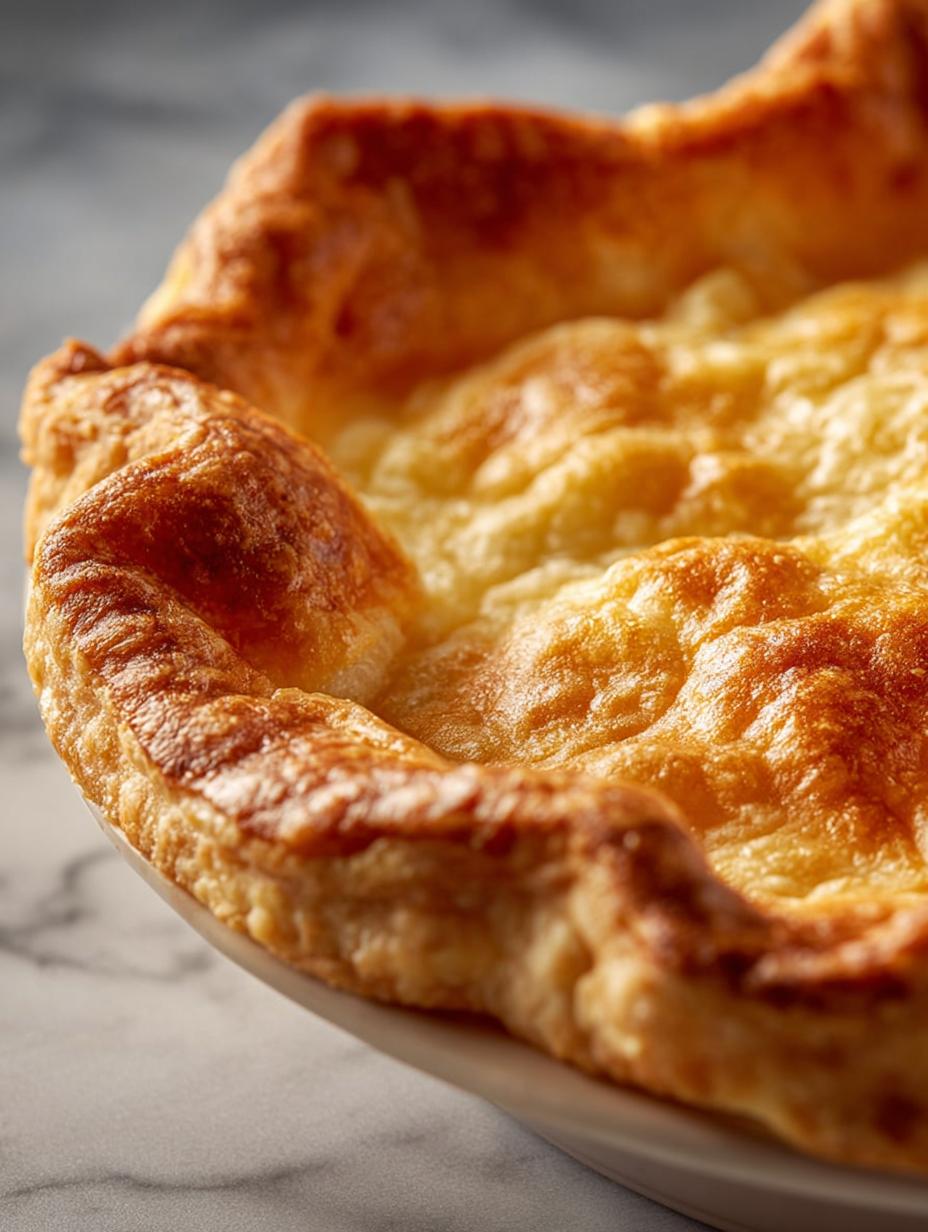
Nutrition Facts for Pie Crust Made Butter
I know many of you are curious about the nutritional breakdown of this delicious pie crust made butter. While homemade is always better, it’s good to have an idea of what you’re consuming. Here’s a general estimate per serving (this recipe makes one double-crust pie, or two single-crust pies, yielding about 8 servings per single crust):
- Calories: 350
- Fat: 25g
- Saturated Fat: 15g
- Unsaturated Fat: 8g
- Trans Fat: 0.5g
- Carbohydrates: 30g
- Fiber: 1g
- Sugar: 1g
- Protein: 4g
- Sodium: 150mg
- Cholesterol: 60mg
Nutritional values are estimates and may vary based on specific ingredients, brands, and serving sizes used in your homemade butter pie crust.
How to Store and Reheat Pie Crust Made Butter
Once you’ve put in all the effort making a buttery pie shell, you’ll want to ensure it stays fresh and delicious! Proper storage is key, whether you’ve baked it or not. For unbaked dough, wrap the discs tightly in plastic wrap and refrigerate for up to 3-4 days. You can also freeze them for up to 3 months; just be sure to thaw in the refrigerator overnight before rolling.
If you’ve blind baked or fully baked a pie crust made butter, allow it to cool completely on a wire rack before storing. This prevents condensation which can make it soggy. Once cooled, wrap it loosely in plastic wrap or aluminum foil. A baked pie shell will stay fresh at room temperature for 1-2 days, or in the refrigerator for up to 3-4 days.
To reheat a previously baked shell, I recommend placing it in a preheated oven at 350°F (175°C) for about 5-10 minutes, or until it’s crisp again. This brings back that lovely flaky texture. Avoid microwaving, as it tends to make the crust chewy rather than crisp.
Frequently Asked Questions About Pie Crust Made Butter
Can I use salted butter for pie crust?
While I typically recommend unsalted butter so you can control the salt content, you absolutely can use salted butter for pie crust. If you do, I suggest reducing the amount of added salt in the recipe by about ¼ to ½ teaspoon. Just be aware that different brands of salted butter have varying sodium levels, so you might need to adjust slightly to your taste. The most important thing is that the butter is very cold!
Do I need to use shortening when making a pie crust?
No, you absolutely do not need to use shortening! My recipe focuses on a pure butter pie crust no shortening, which I believe yields a superior flavor and a wonderfully flaky texture. While shortening can contribute to flakiness, it lacks the rich, buttery taste that makes an all-butter crust so special. I’ve found that with the right technique and cold butter, shortening isn’t necessary for a perfect result.
How do I prevent my pie crust from shrinking during baking?
Crust shrinkage is a common frustration! The best way I’ve found to prevent it is by ensuring your pie crust made butter is thoroughly chilled before baking. This allows the gluten to relax and the butter to firm up. Also, avoid overworking the dough, which can develop the gluten too much. After rolling and placing it in the pie plate, give it another 15-30 minutes in the fridge before baking.
What causes a tough pie crust, and how can I fix it?
A tough pie crust usually comes from overworking the dough or adding too much water. When you overmix, you develop the gluten in the flour, making the crust chewy instead of tender. To fix this, handle the dough as little as possible, mixing just until it comes together. Add ice water sparingly, only enough to form a cohesive dough. Remember, a light touch is key for a tender pie crust made butter.
Variations of Pie Crust Made Butter You Can Try
Once you’ve mastered the classic pie crust made butter, I encourage you to explore some delightful variations! These tweaks can add new dimensions of flavor and texture, perfectly suiting different fillings and dietary needs. It’s a fun way to get creative in the kitchen while still enjoying that rich, buttery base.
- Whole Wheat Butter Crust: For a nuttier flavor and added fiber, substitute up to half of the all-purpose flour with whole wheat flour. This gives your pie crust made butter a heartier taste that pairs wonderfully with savory pies or rustic fruit tarts.
- Sweetened Dessert Crust: If you’re planning a sweet pie, add 1-2 tablespoons of granulated sugar to the dry ingredients. This subtle sweetness enhances fruit pies and custards, making your pâte brisée with butter even more dessert-ready.
- Herbed Savory Crust: For savory dishes like quiches or pot pies, finely chop 1-2 tablespoons of fresh herbs like rosemary, thyme, or sage and mix them into the dry ingredients. This infuses the pie crust made butter with aromatic flavors that complement rich, savory fillings beautifully.
- Gluten-Free Butter Crust: Experiment with a 1:1 gluten-free flour blend for a delicious alternative. While the texture might be slightly different, you can still achieve a wonderfully flaky and buttery crust for those with dietary restrictions.
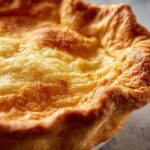
Heavenly Pie Crust Made Butter: 1 Secret!
- Total Time: 1 hour 5 minutes
- Yield: One double-crust pie or two single-crust pies
- Diet: Vegetarian
Description
This recipe guides you through making a perfect all-butter pie crust, known for its flaky texture and rich flavor. It’s an easy butter pie crust that’s ideal for sweet or savory fillings. Learn how to make pie crust with butter for a truly homemade butter pie crust.
Ingredients
- 2 ½ cups (300g) all-purpose flour, chilled
- 1 teaspoon salt
- 1 cup (226g) unsalted butter, very cold and cut into ½-inch cubes
- ½ cup (120ml) ice water, plus more if needed
Instructions
- Combine the chilled flour and salt in a large bowl. You want a well-mixed base for your butter pastry dough.
- Add the very cold butter cubes to the flour mixture. Using your fingertips or a pastry blender, cut the butter into the flour until the mixture resembles coarse meal with some pea-sized pieces of butter remaining. This is key for a flaky butter pie crust.
- Gradually add the ice water, 1 tablespoon at a time, mixing until the dough just comes together. Be careful not to overmix, as this can make your homemade butter pie crust tough.
- Divide the butter pie dough from scratch in half. Flatten each half into a disk, wrap tightly in plastic wrap, and refrigerate for at least 30 minutes, or up to 2 days. This chilling step is crucial for the perfect butter pie crust technique.
- On a lightly floured surface, roll out one disk of the cold butter pie crust method dough into a 12-inch circle. Carefully transfer it to a 9-inch pie plate. Trim and crimp the edges as desired.
- Repeat with the second disk of butter-rich pie dough if making a double-crust pie.
- Blind bake the pie crust if your recipe calls for it, following specific instructions. You’ll love this recipe for all-butter pie dough.
Notes
- Use very cold ingredients for the best results; this ensures a flaky butter pie crust.
- Do not overwork the dough; overmixing develops gluten and makes the crust tough.
- If your kitchen is warm, chill your flour beforehand.
- For a sweeter crust, you can add a tablespoon of sugar to the dry ingredients.
- This classic butter pie pastry freezes well. Wrap tightly and freeze for up to 3 months.
- Prep Time: 20 minutes
- Cook Time: 15-20 minutes (for blind baking, if applicable)
- Category: Desserts
- Method: Baking
- Cuisine: American
Nutrition
- Serving Size: 1/8 of a pie
- Calories: 350
- Sugar: 1g
- Sodium: 150mg
- Fat: 25g
- Saturated Fat: 15g
- Unsaturated Fat: 8g
- Trans Fat: 0.5g
- Carbohydrates: 30g
- Fiber: 1g
- Protein: 4g
- Cholesterol: 60mg
Keywords: all-butter pie crust, butter pastry dough, homemade butter pie crust recipe, flaky butter pie crust, best butter pie crust, how to make pie crust with butter, butter pie dough from scratch, easy butter pie crust, pâte brisée with butter, classic butter pie pastry, butter-rich pie dough, perfect butter pie crust technique, recipe for all-butter pie dough, cold butter pie crust method, butter pie crust no shortening, making a buttery pie shell
